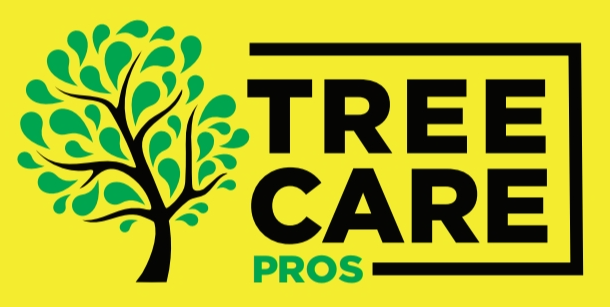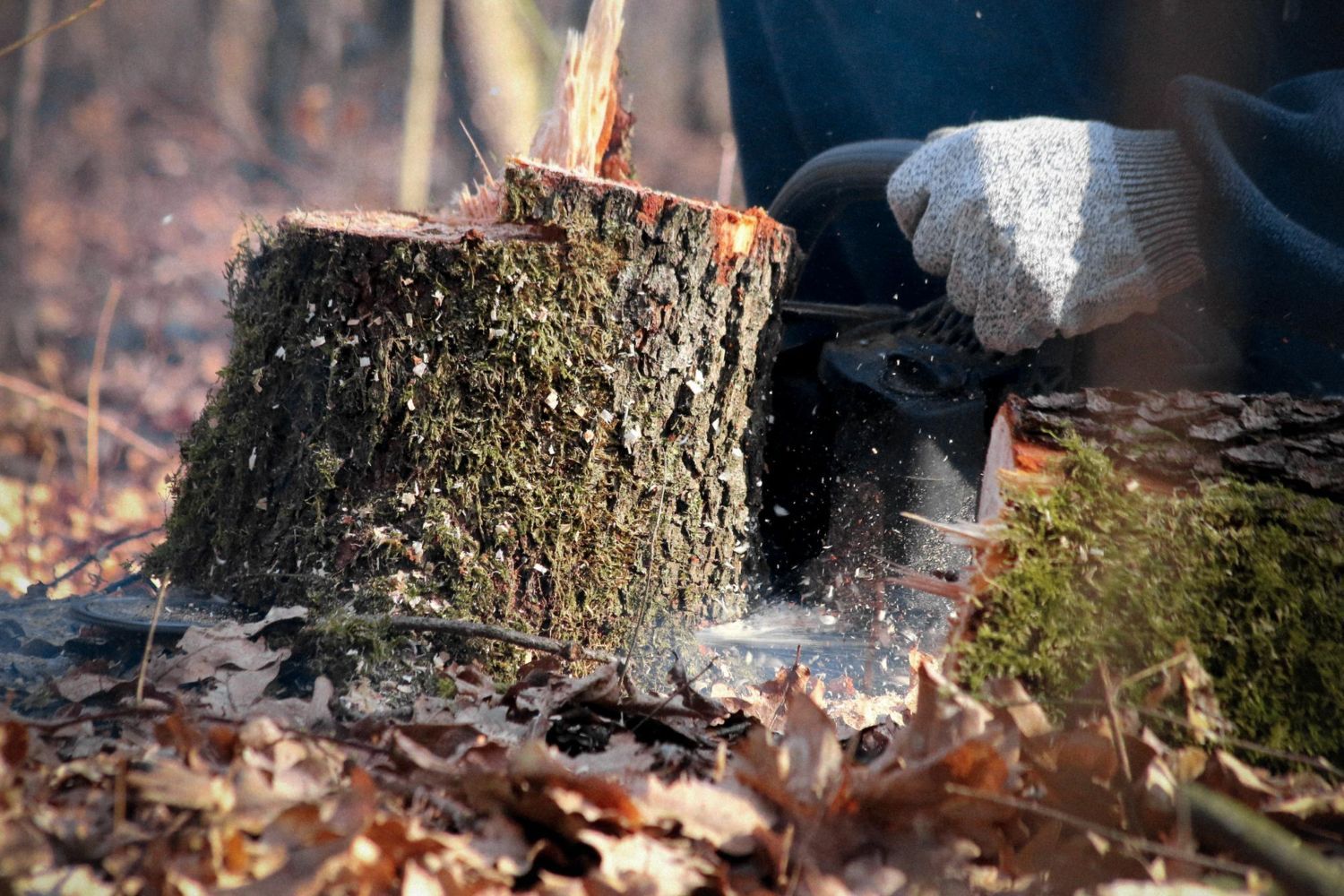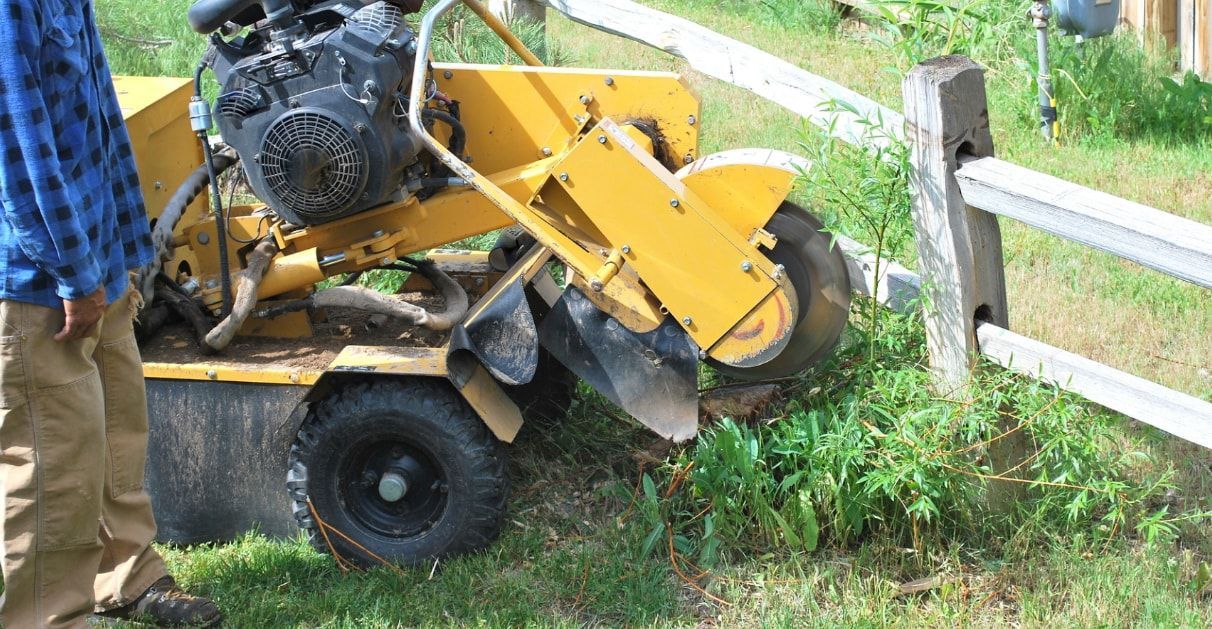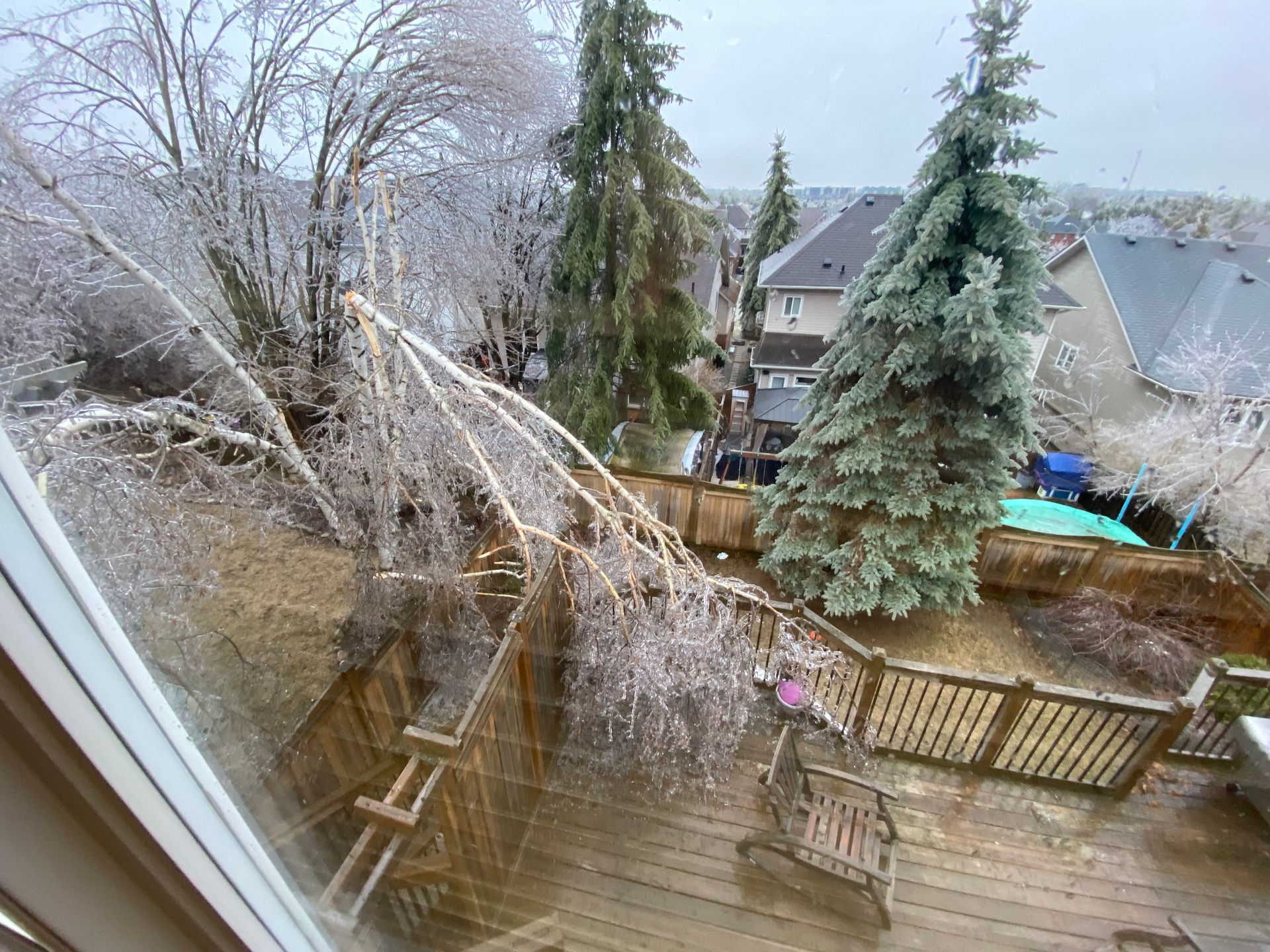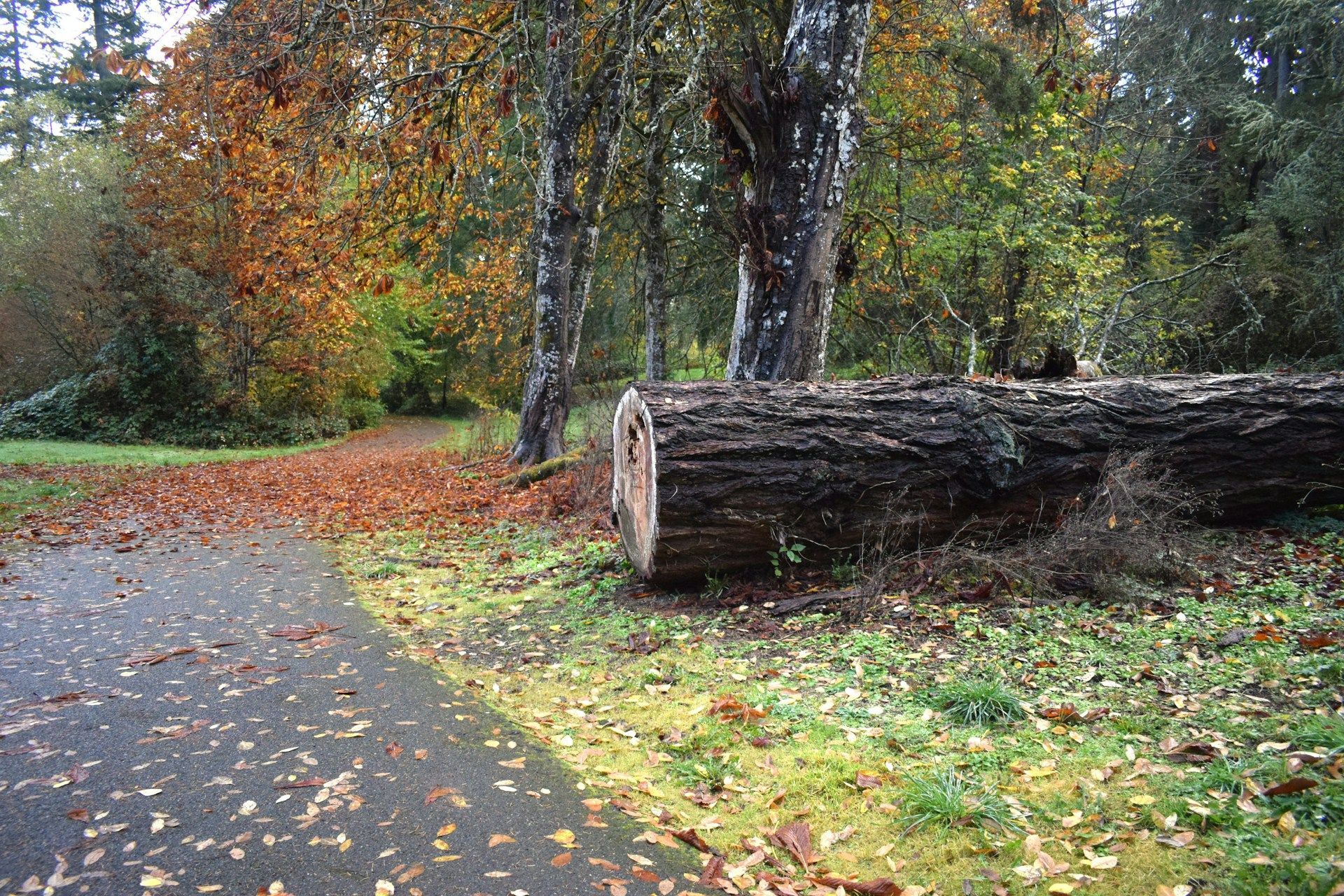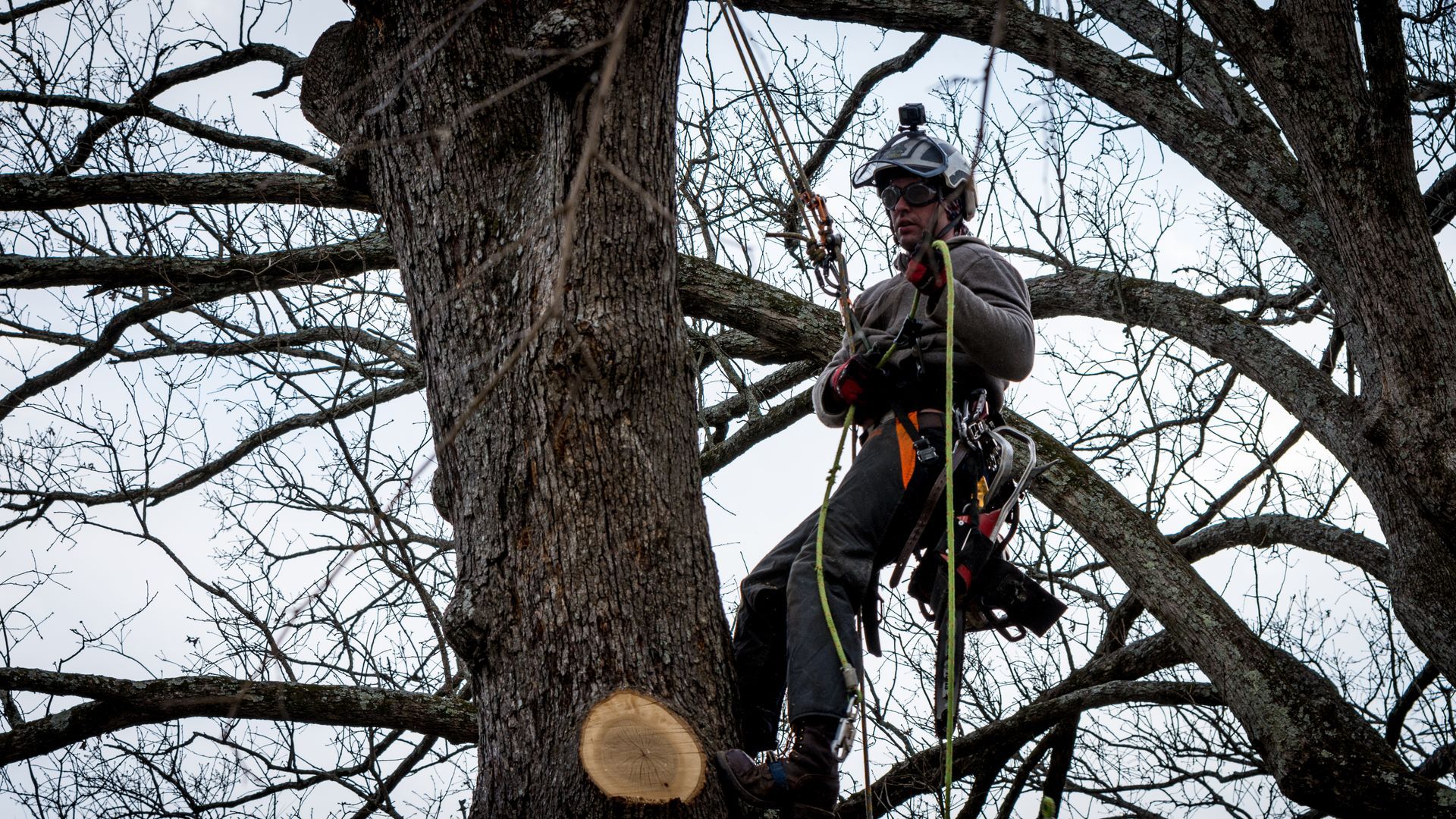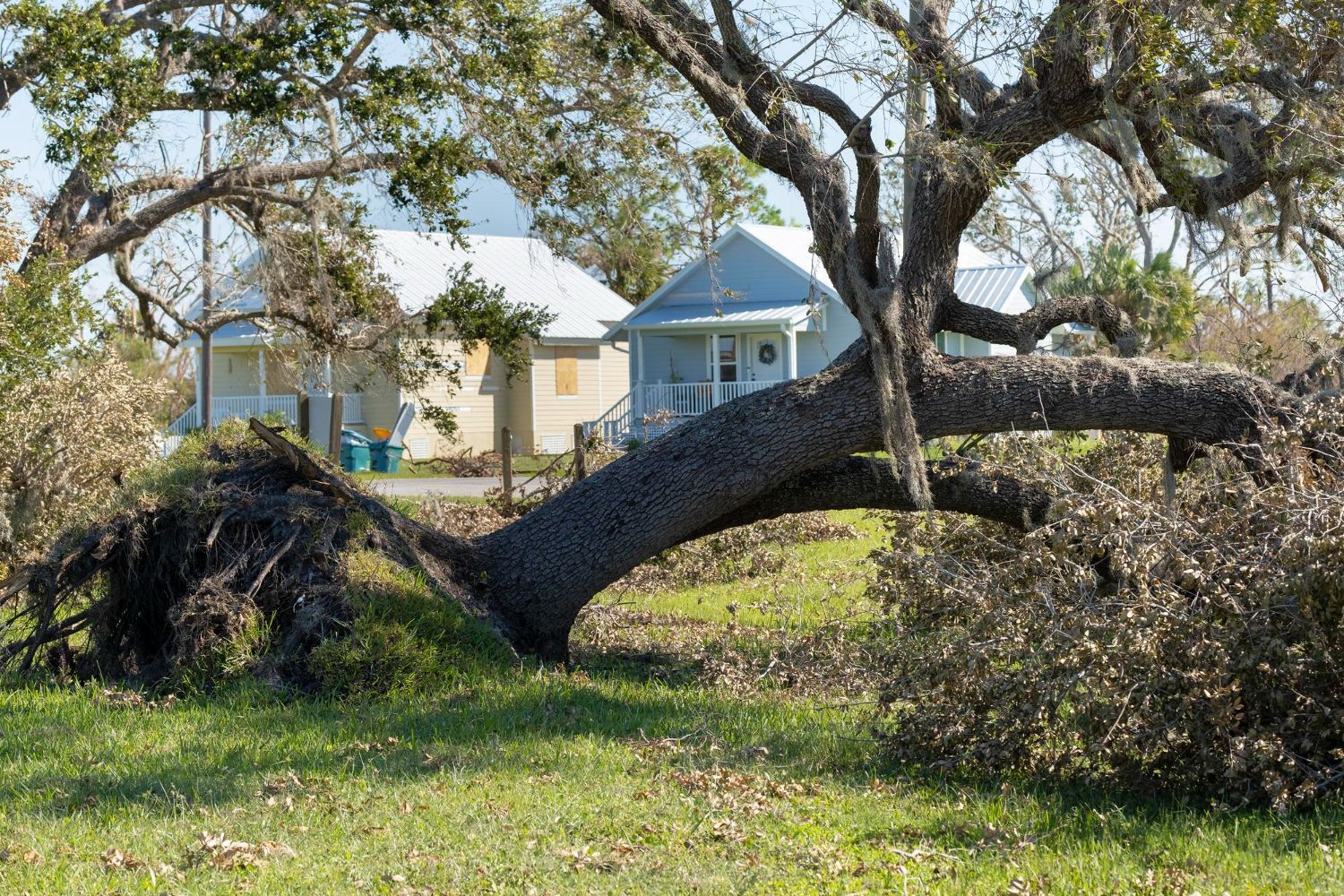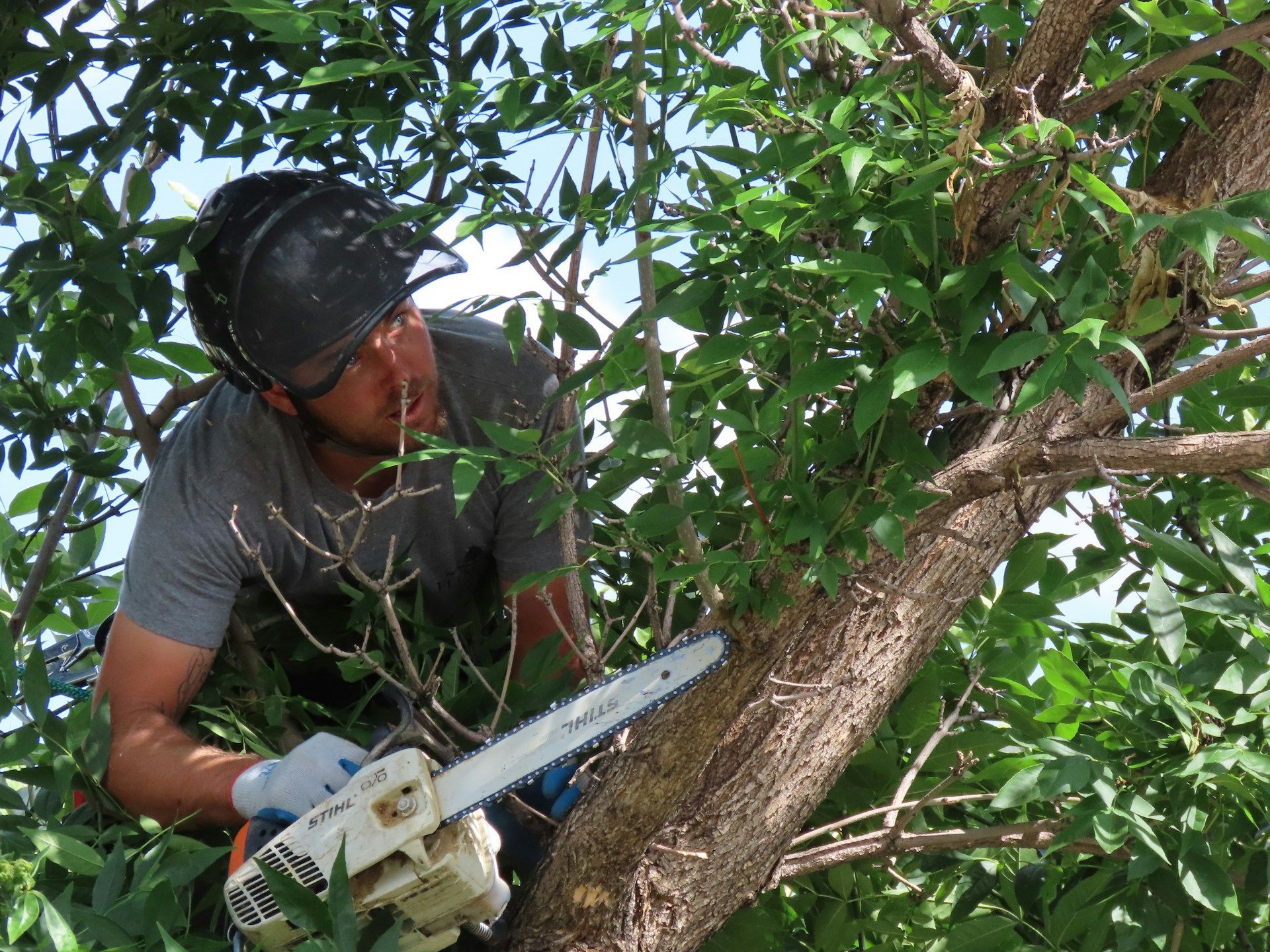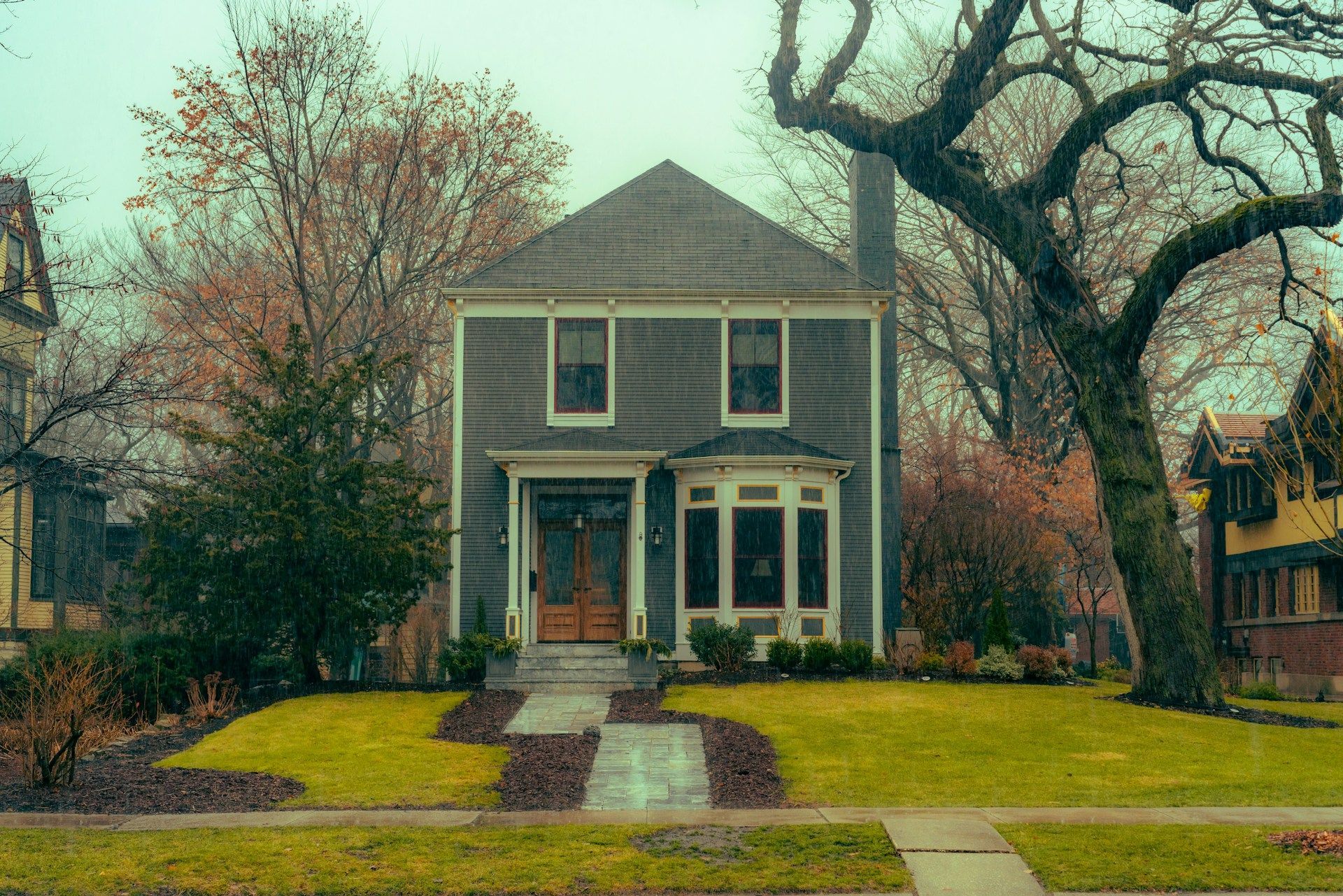Importance of Removing Dead and Diseased Trees
Dead and diseased trees are more than just unsightly; they can pose significant risks to your property and personal safety. Whether in a backyard or public space, such trees threaten the environment and the people around them. Ensuring they are removed promptly helps maintain a safe and beautiful landscape. Understanding why these trees are a concern, and knowing the signs to look for, can make all the difference in good property maintenance.
Trees add value and beauty, creating a tranquil space for relaxation and enjoyment. However, when trees fall sick or die, they lose their charm and potentially create a hazard. The process of identifying and safely removing these problematic trees requires time and attention, but ensuring the overall health of your environment is worth it. As we explore this topic, we'll discuss how to spot trouble early and the risks associated with neglecting dead or diseased trees.
Identifying Dead and Diseased Trees
Spotting dead or diseased trees isn't always straightforward, but it's a crucial skill for maintaining a healthy landscape. Addressing these issues early can prevent more significant problems down the line.
- Common Signs of Dead Trees:
Watch for branches that appear brittle or that easily break. Leaves may fall off unexpectedly or remain brown and dry when they should be lush and green. Fungi growing on the trunk or exposed roots can also indicate rot. Sometimes, the bark may develop deep cracks or peel away, which signifies a lack of vitality.
- Symptoms of Tree Diseases You Should Know:
Trees, like all living things, can catch diseases that stunt their growth or spread to other parts of the yard. Look out for spotted or discolored leaves, oozing sap, or unusual growths. Limb dieback, where the tree’s limbs start to wither from the tips, can be a telltale sign of a disease. Insect infestations might also signal that your tree is unhealthy, as pests tend to prey on weakened plants.
Regularly inspecting your trees can keep these issues under control. Spotting these signs early means you can act before serious damage occurs, saving the healthy parts of your landscape from decline. Maintaining frequent checks and understanding what to look for not only promotes aesthetic appeal but also enhances safety.
Risks Posed by Dead and Diseased Trees
It might be easy to overlook a dying tree, but the consequences of ignoring this issue can be severe. Dead and diseased trees can lead to unexpected problems, impacting property and safety.
- Safety Hazards: Dead trees are unstable. Their branches can fall without warning, especially during storms or high winds, posing a danger to anyone nearby. Even a mildly diseased tree can become unpredictable, with limbs that crack and splinter unexpectedly. This creates a risk for pedestrians, vehicles, and structures within the tree's reach.
- Potential Damage to Nearby Structures: Falling branches or a collapsing tree could damage roofs, windows, power lines, and other vital structures on and around your property. The financial cost of repairing such damage can be substantial. Preventing these risks is easier and more cost-effective than dealing with the aftermath of a tree-related incident.
Recognizing potential dangers from dead or diseased trees helps you plan necessary actions to protect your home and loved ones. By removing risky trees and focusing on prevention, you can enhance the safety and beauty of your environment.
Benefits of Professional Dead Tree Removal
Choosing to remove dead and diseased trees professionally offers numerous advantages. Safety is one of the most significant concerns when dealing with tree removal. Professionals bring the expertise and tools necessary to handle this task without risking injury or damage to surrounding property. They can assess the tree's condition and determine the safest way to remove it, taking into account factors like proximity to buildings and other trees.
Another benefit is proper disposal and clean-up. Removing a tree is just the beginning. Once it's down, what happens to the debris? Professionals ensure that everything is cleaned up, reducing any additional hassle for you. This process might involve chipping branches, cutting logs into manageable pieces, and hauling away debris.
- Expertise in Safety Measures:
Trained professionals understand how to avoid common hazards during tree removal. This includes recognizing potential drop zones, securing falling limbs, and using the right equipment.
- Efficient Disposal and Clean-Up:
The removal process generates a significant amount of waste. Professionals know how to recycle or dispose of debris responsibly, ensuring your property remains clean and safe.
Hiring experts not only eases the burden on property owners but also guarantees a thorough and hazard-free removal. Their experience and equipment handle the job effectively, leaving you with peace of mind and a tidy environment.
How to Prevent Tree Diseases
Preventing tree diseases requires proactive care. Regular inspections and maintenance can significantly extend the life of your trees and help avoid costly problems. By focusing on tree health, you can enhance the general wellbeing of your yard.
- Regular Tree Health Inspections: Checking your trees frequently allows you to spot any issues early. This includes looking for the symptoms we've discussed, such as unusual growths or changes in leaf color. Early detection can prevent diseases from spreading.
- Steps to Maintain Tree Health:
- Water your trees according to their needs, depending on age and species.
- Mulch around the base to retain moisture and protect roots.
- Prune appropriately to encourage healthy growth and air circulation.
Healthy trees are resilient trees. By ensuring they have what they need, you can greatly reduce the risk of diseases taking hold. This approach both preserves the beauty and health of your landscape and minimizes future maintenance needs.
Ensuring a Healthy Landscape Year-Round
Keeping your landscape in good shape isn't just a seasonal task; it's an all-year commitment. Consistent effort throughout the seasons results in a vibrant and safe environment. Small regular actions can prevent major problems before they start. For instance, routinely checking for broken limbs after storms or keeping trees well-watered during dry spells supports their health and growth.
- Ongoing Tree Care Tips: Cultivate a habit of looking after your trees, no matter the season. Routine tasks like pruning in winter and watering during dry months keep your trees healthy. This helps not just in maintaining visual appeal but in strengthening trees against different stress factors they might face throughout the year.
- Professional Services Role: Sometimes, it's best to let experts handle more serious tasks. They bring specialized knowledge and tools, ensuring everything from pest control to disease prevention is managed effectively. This assistance not only protects your trees but enhances overall property value.
Caring for your landscape throughout the year requires attention and dedication, but the rewards of having a healthy, beautiful environment are well worth it. Proactive measures and a bit of expert help keep the greenery thriving, no matter the season.
For anyone dealing with the challenges posed by unhealthy trees, addressing their removal promptly is key to maintaining a safe and inviting environment. If you're looking to resolve this issue, consider learning more about
dead tree removal. Trust Barrie Tree Care Pros to guide you in making informed, effective decisions that protect and enhance your property. With the right support and guidance, you can easily ensure the long-term health of your landscape.
